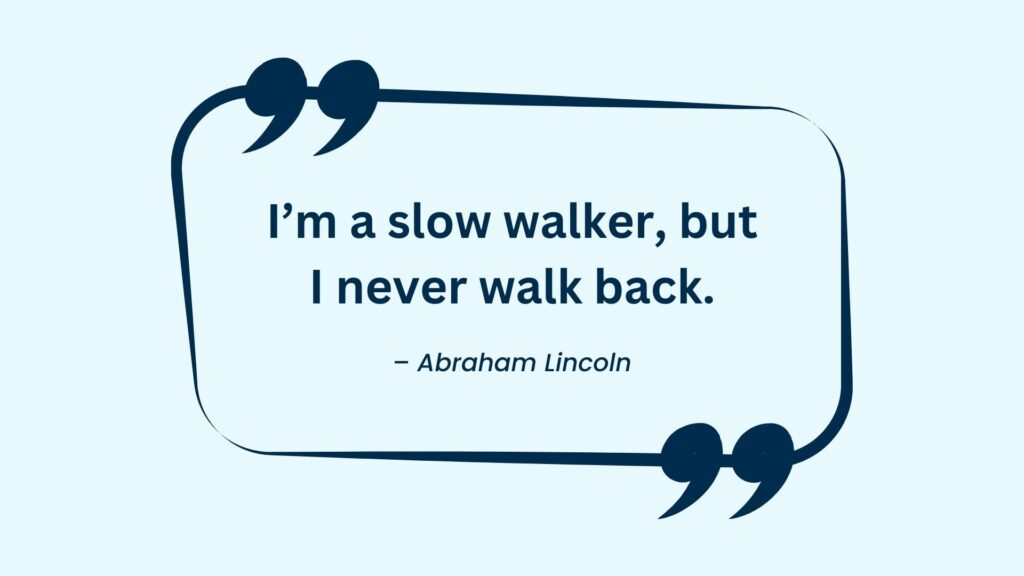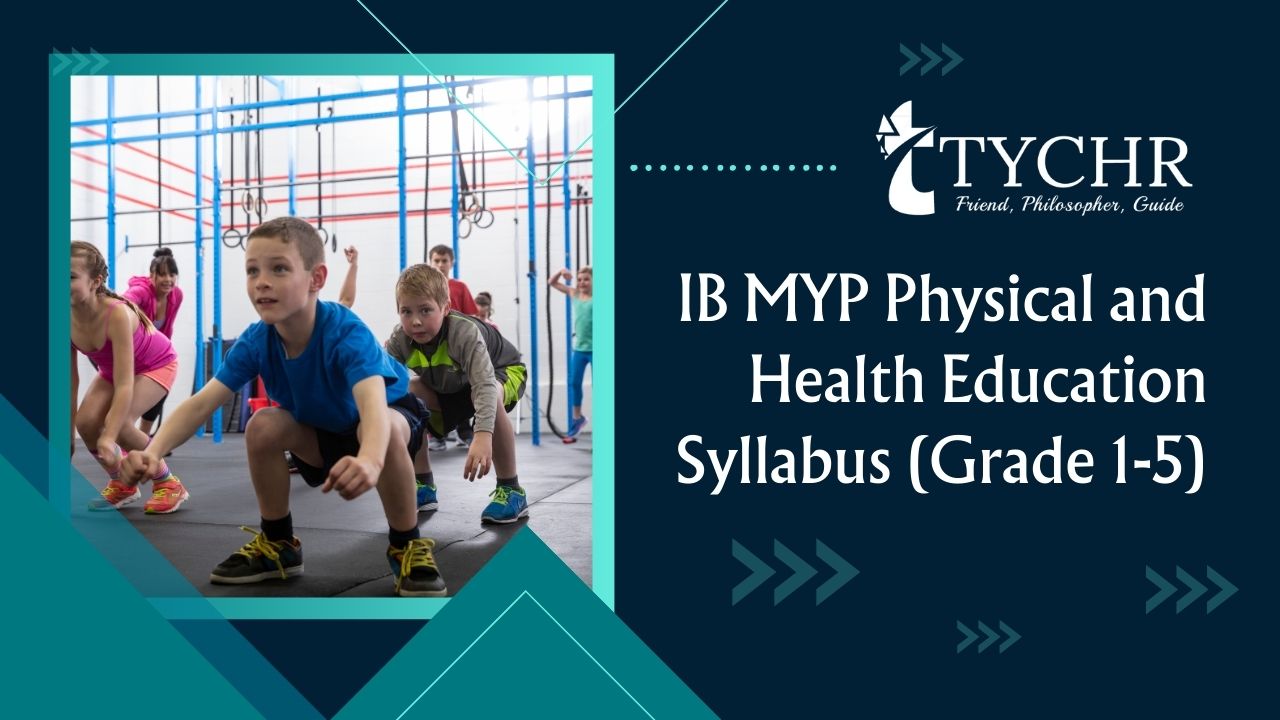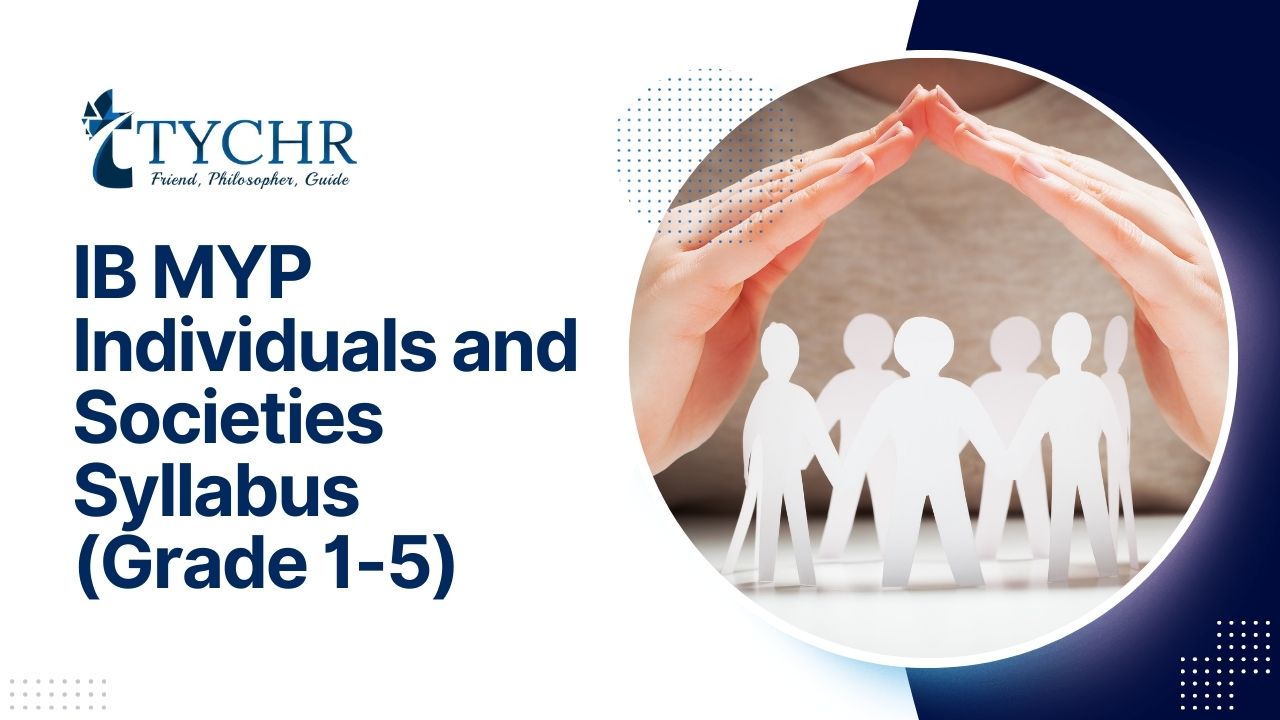Table of Contents
Attention, high school students! Get ready for a game-changing update in the world of standardized testing. The Scholastic Assessment Test (SAT), conducted by the College Board, is undergoing a digital transformation starting in 2024. That’s right, no more pencil squeezing, pencil sharpeners, or filling in tiny ovals on answer sheets. Say goodbye to test weariness and hello to the exciting era of the Digital SAT!
So, what’s the buzz all about? The traditional 3-hour paper-and-pencil ordeal is getting a makeover, condensing into a sleek computer-based exam that’ll have you in and out in just under 2 hours and 15 minutes. It’s time to embrace the power of technology and bid farewell to the days of old-school test-taking methods.
Now, you might be wondering about the content of the Digital SAT. Don’t worry, the core components of the test remain the same. You’ll still be evaluated on your written, verbal, and mathematical skills. The only difference is that you’ll be showcasing your abilities through a digital interface, using the tools and features provided to enhance your performance. So, get ready to bid adieu to those old-fashioned pencils and embrace the exciting era of the Digital SAT. It’s time to tap into your digital prowess, put your skills to the test, and show universities your true potential in a format that aligns with the technology-driven world we live in.
The total score for the SAT is 1600. In order to ease your way into the ivy leagues, it is highly recommended to ensure that your SAT score is above 1450. Unfortunately, the average score is only 1060. Most high school students take the SAT during the spring of their junior year or fall of their senior year. However, It’s important to retake the test if you are required to increase your score before you apply to college. So, if you have already taken the SAT once or twice, you might be asking yourself, what could I have done to get a better score?
First, you need to have a target score in mind to assess just how much work you need to put in and allocate your time efficiently. Not every student is trying to apply to highly competitive universities. Second and third-tier universities do not have a high requirement for the SAT score. So for those with a score below 1350, there are plenty of options left! The higher your SAT score is the higher your chance of receiving scholarships. Not only from universities but also from the College Board. To reduce the financial burden on students, College Board provides a scholarship opportunity that gives each student who participates a chance to earn up to $40,000. Hence, it is always better to aim high. Acing the math section will help compensate for your weakness in other sections.
Furthermore, if you plan on applying to highly selective schools or a quantitative/ science major, your individual SAT score is taken into consideration. They expect this section to be trivially easy for you. Hence, it is important to try to get a perfect score in the SAT math section.
According to the College Board’s 2021 report, the average score in the SAT math section was 528, whereas in the evidence-based reading and writing it was 533. On average, it seems that students require more help in the math section.
READ ALSO The Digital SAT Essential writing tips and Strategies
Fear not. This article is your guide to absolutely crushing the SAT Math section.
#1 Utilise SAT study materials
There are countless SAT prep books and various other resources online. These books guide you by providing tips, practice questions, reading examples and so much more. Take advantage of these SAT study materials to improve your knowledge and understanding of the test.
Here are a few study materials that you can explore for the 2023-2024 Digital SAT exam
- Khan Academy This free online platform offers a vast array of video lessons, practice questions, and personalized study plans specifically tailored to the SAT. Dive into their engaging videos, tackle practice sets, and track your progress as you level up your math skills.
- College Board Official SAT Practice Who knows the SAT better than the makers themselves? It’s like having an insider’s guide to the test right at your fingertips. Their website has a few updated practice tests in the format of the digital SAT exam. They have questions in the form of two modules for each of the sections. Along with the questions, they have detailed and well explained answers leaving room for little to no doubt.
- PrepScholar This online resource combines effective study strategies with a personalized approach. With their adaptive learning algorithms, PrepScholar customizes your study plan based on your strengths and weaknesses. It’s like having a virtual tutor by your side, guiding you toward SAT math mastery.
#2 Practice, practice, practice!
The best and most efficient way to increase your SAT score is by taking up practice tests. Once you have familiarized yourself with the content in both math and English, it is time for you to take your pencil and start shading in some answers.
When you do this, you start to understand the type of questions that could come your way and the way the SAT is structured.It also allows you to identify your weaknesses so that you could focus on them more and turn them into strengths.
Furthermore, practicing the SAT allows you to become more time-efficient and tells you which areas you need to spend more time focusing on. Especially, when it comes to the Math section, it can be a little difficult to finish it within the time constraint.
Hence, practicing allows you to be better, even if it is only by a minute each time you take it.
#3 Manage your time wisely
In the Digital SAT, time is of the essence. Efficient time management is crucial to ensuring you complete the Math section within the given constraints. Think of it as juggling multiple tasks – you need to stay focused, prioritize effectively, and maintain a steady pace.
Start by familiarizing yourself with the digital tools and features provided. Practice using the on-screen calculator and other resources to streamline your problem-solving process. Develop strategies to quickly identify the most solvable questions and allocate your time accordingly. As you practice, challenge yourself to work against the clock. Set realistic time limits for each question and aim to finish within those limits. Remember, it’s not just about speed; it’s about finding the right balance between accuracy and efficiency. Also note that the time of the entire exam has reduced, so you need to think quicker and solve faster than ever!
#4 Avoid careless mistakes
Careless errors are by far the most frustrating thing on the planet. It would really hurt to find out that you lost a few points to reach your desired score because of careless errors. So, I would strongly advise you to recheck your answers, especially in the math section. Allocate the last 5 minutes to ensure that there are no sign or number changes or any other careless error that you may have possibly made. Now, you can rest in peace (not literally).
It is convenient that you can revisit the questions in the digital SAT to make sure and double cross all your answers to see if you’ve answered them right. It’s almost as if nothing’s changed from the pen and paper exam!
#5 Memorise formulas
Apart from careless mistakes, I would say not knowing a formula on the day of the test but knowing how to solve the question could be the next most frustrating thing. While most formulas are provided to you, you should always ensure that you not only memorise but also understand them. This will allow you to apply them confidently and will save you time.
But it’s not just about mindlessly cramming formulas. Take the time to truly understand their meanings and how they relate to different problem-solving scenarios. When you have a solid grasp of the underlying concepts, you’ll be able to apply the formulas confidently and strategically.
#6 Discover your weakness
Every hero has their nemesis, and for SAT math-takers, it’s important to identify and conquer your own weaknesses. Whether it’s algebra, geometry, or data analysis, don’t shy away from these formidable opponents. Use your study materials to target your weaknesses. Delve into specific sections or topics that challenge you the most. Seek out additional resources, such as video tutorials or interactive practice exercises, to strengthen your skills in those areas. Remember, your weaknesses are not insurmountable foes – they are merely obstacles waiting to be overcome. So, gather your courage, summon your inner superhero, and march confidently into battle!
Don’t spend time learning and practicing the topics that you are already familiar with. Especially when it comes to the math section, most of the topics have already been dealt with at school. Therefore, to allocate your time efficiently, focus on the topics or sections that you struggle with most, whether it be algebra or the history text in reading.
#7 Use the Kaplan method for multi-part math questions
- Read the first question and look for clues Pay close attention to the information provided and identify key elements that will guide your approach.
- Identify and organize important information Break down the problem into its essential components and create a clear mental roadmap.
- Plan your steps Strategize the best course of action to solve the question, considering the interplay between the different parts.
- Solve the question step by step Execute your plan, tackling each part with precision and accuracy.
- Recheck if you answered the right question Take a moment to verify that your solution aligns with the requirements of the initial question.
- Repeat for remaining questions Apply the Kaplan Method to each subsequent part, adapting your strategy as needed.
#8 Ensure that linear equations become your forte
The SAT math section not only includes direct linear equations, but also linear graphs and linear equations in word problems. Ensure that this topic is thoroughly clear to you as it forms the base of most questions so that you can move on to other topics.
If you follow these tips to get an 800 in the SAT math section, it will significantly take off your burden in getting a higher score on the English section. So, keep a calm mind during test day and knock it out of the park!












